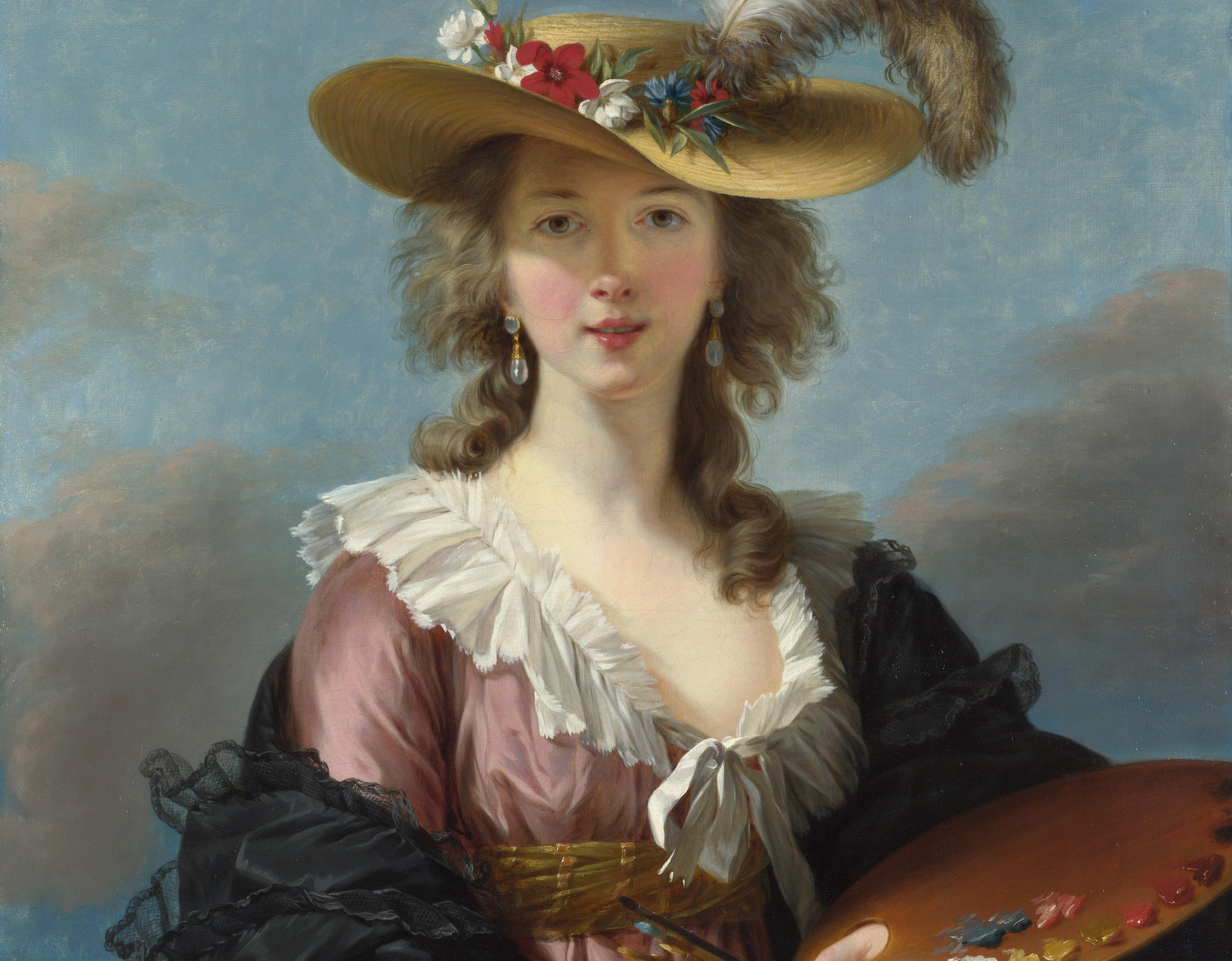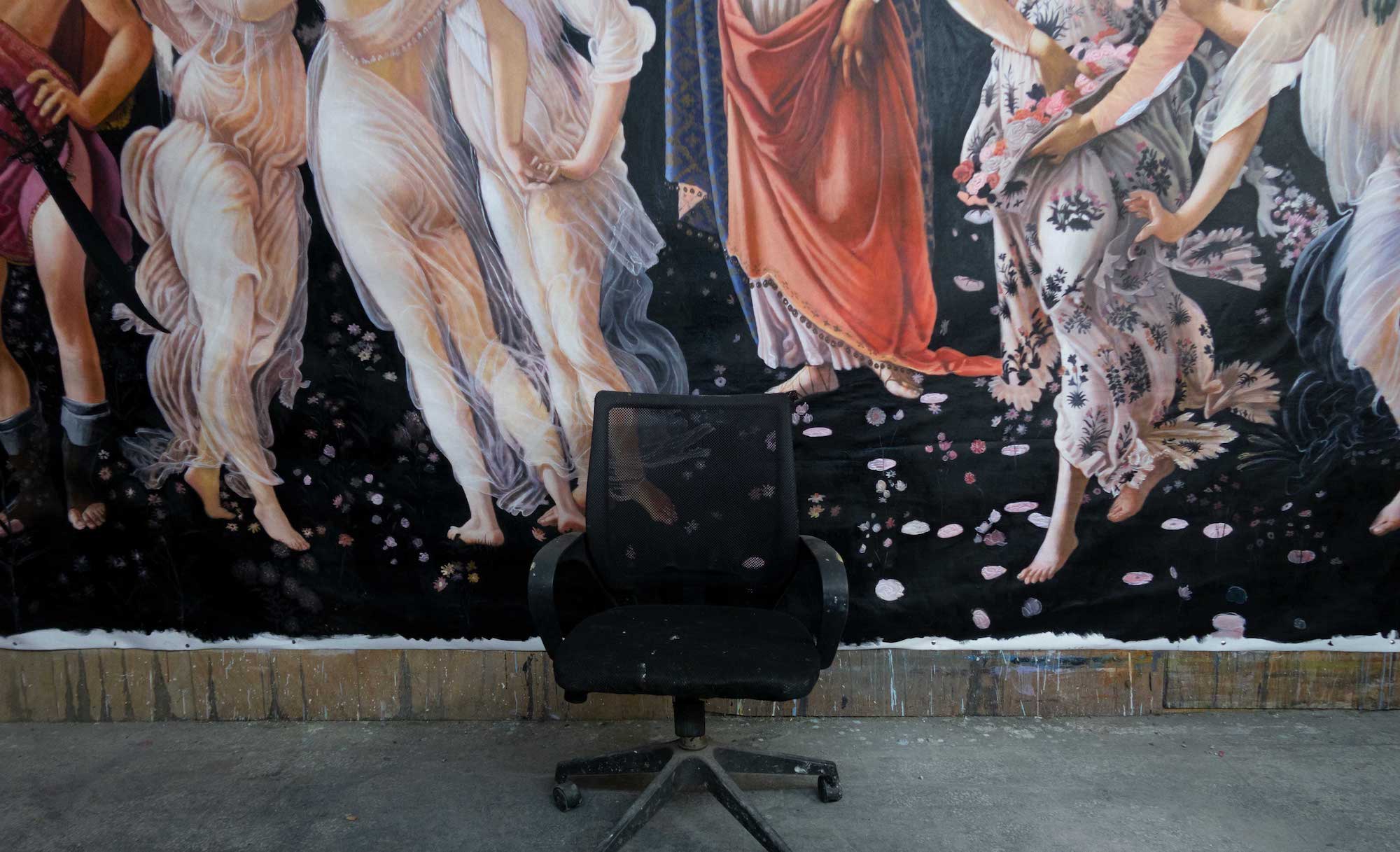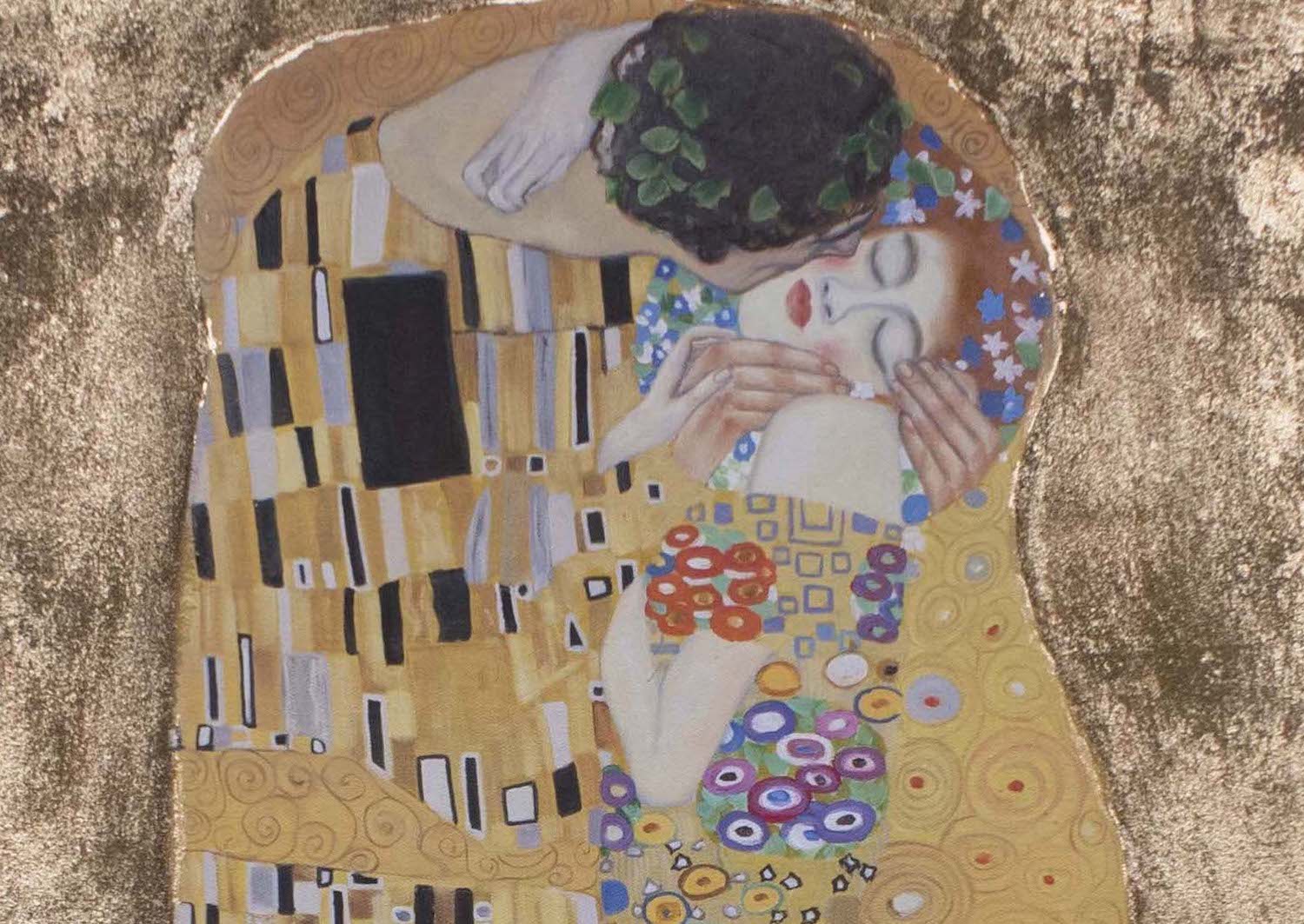Gustav Klimt was an Austrian painter who worked in the symbolist style and was one of the most influential figures in the Vienna Secession movement. Throughout his career, Klimt has been famous for his paintings, murals, sketches, and other works of art. The feminine form was Klimt's principal theme, and his artworks are characterized by overt sexuality and sensuality. In addition to figurative works such as allegories and portraits, he also created landscapes as part of his work. Klimt, an artist, associated with the Vienna Secession, was a member of that group who was most affected by the techniques of Japanese art.
Gustav Klimt's line drawings were the foundation of his work throughout his career, despite his artistic style undergoing significant transformations. Klimt's style may be broken down into parts: allegory, gold, and the female body.
Allegory
Klimt's first works were executed in the fashionable historicist style, which centered on people from history and allegory, or the personification of abstract concepts. Klimt's later works moved away from this historicalist approach. Later in his career, Klimt's interest in historicism changed to symbolism, a school of art that regarded allegory through a more elusive, cryptic, and dreamlike prism.
Gold
The famed use of gold that Klimt is known for is a direct result of his trip to the Basilica of San Vitale in Ravenna, Italy, in the year 1903. After visiting San Vitale and observing the Byzantine mosaics, he began putting gold and silver leaf on the portraits he painted. The "golden phase" of Klimt's work garnered much attention.
Female Body
Klimt mainly focused his art on depicting female subjects. The faces of the women in his most renowned portraits, such as the ones he painted between 1914 and 1917 of Elisabeth Lederer and Ria Munk, are shown in realistic detail. Yet, their bodies are simplified into two-dimensional planes. By doing so, Klimt achieves harmony between the conventions of traditional portraiture and the avant-garde aesthetic trends of Impressionism and Symbolism.
Klimt's Most Famous Works
The Kiss (1907–08), Adele Bloch-Bauer I (1907), and Three Ages of Woman are some of Klimt's most famous works (1905). Prints of Klimt's works are some of the most popular items for museums to sell. On PaintingZ, The Kiss is one of the most ordered paintings given by husbands to wives as a gift.
The Kiss (1907 - 08)
The canvas is a perfect square, depicting a couple embracing one another. At the same time, their bodies are entwined in elaborate robes decorated in a style influenced by the linear constructs of the contemporary Art Nouveau style and by the organic forms of the earlier Arts and Crafts Movement. The piece is made up of traditional oil paint and layers of gold leaf that have been put on top of it, which is one of the aspects that gives it its stunningly contemporary yet evocative appearance. The picture, which is presently housed in the Osterreichische Galerie Belvedere museum in the Belvedere palace in Vienna and is widely regarded as a masterpiece of the early modern period, can be found in both of those locations. It is considered Klimt's most famous work and is a symbol of the Vienna Jugendstil, often known as Viennese Art Nouveau.






Adele Bloch-Bauer I (1907)
Gustav Klimt's Portrait of Adele Bloch-Bauer I, commonly known as The Lady in Gold or The Woman in Gold, is a painting that was completed between 1903 and 1907. It was titled "Portrait of Adele Bloch-Bauer I." The sitter's spouse, a Jewish financier, sugar entrepreneur, and Bloch-Bauer [de] commissioned the picture to be painted. In 1941, the Nazis made off with the image, which was later shown at the Osterreichische Galerie Belvedere. The portrait is the very last piece that Klimt created during his golden period, and it is also the one that best exemplifies that period. It was the first of two portraits of Adele by Klimt; the second depiction of Adele was created in 1912.








The Three Ages of Woman (1905)
The Three Ages of Women was awarded the gold medal at the 1911 International Exhibition, which was also held in Rome, and was acquired by the Galleria Nazionale d'Arte Moderna in Rome the following year, in 1912.
This artwork is an example of the allegorical and symbolic work that Klimt was known for. He continued to create scenes of this kind right up until the year 1918, when he passed away.
The painting depicts an older woman standing with her head lowered next to a younger woman and a child who are being comforted by an older woman who is holding them both in her protective arms. The image of the wise old woman serves as a metaphor for the march of time.
The figure of the elderly woman is based on a sculpture that was created by Auguste Rodin (1840–1917). The sculpture is titled The Old Courtesan and is also known as "She who was formerly the Helmet-Beautiful Maker's Wife." It was displayed in Vienna in 1901 as part of the ninth Secession exhibition. Klimt was profoundly moved by the exhibition, which featured the works of Rodin, the painter Giovanni Segantini, and Klinger. As a result, Klimt was overjoyed to have the opportunity to meet Rodin the following year, when the sculptor was in Vienna for a visit. Rodin saw and lauded the Beethoven Froeze, and their admiration was shared by both parties.


Farm Garden with Sunflowers (1913)
Farm Garden with Sunflowers, 1913, exudes a joyous spirit throughout its composition. Klimt is known for his innovative use of diagonal lines to link the foreground and background of his paintings.
The foreground is given prominence and considered particularly relevant, its materiality accentuated and rendered exactly in dazzling colors, similar to Van Gogh's works, which Klimt often studied. In these paintings, the foreground is given emphasis. The flowers are incorporated in a manner that is well thought out, and their hue is carefully arranged to create an imaginative interaction. A lush green meadow is counterbalanced against them to call attention to or magnify the impression that they have.
Klimt did not enjoy traveling; it is a well-known truth that he only ever left Austria with considerable reluctance; he would always be overcome by homesickness at the border, and if he had his way, he would have instantly turned around. According to his friends and the people who traveled with him on his journeys, while he was on his way home, he became increasingly happy the closer he came to the border. They stated that he sang to himself, "The wind is blowing rapidly toward my hometown."


Lady with Fan (1918)
"Lady with Fan" is a study of Gustav Klimt's preferred subject, the feminine form. It exhibits both the influence of the Japonism trend in modern art as well as Klimt's signature style. The painting was finished in 1918, the same year that Klimt passed away; it was considered to be one of the Viennese artist's later works.
As a result of Klimt's participation in the formation of the avant-garde art movement known as the Viennese Secession, the artist started to take more chances than ever before in his work. At the beginning of the 1900s, his artwork started to show more emotion and passion.
The golden hue of the background in Klimt's Lady with a Fan is reminiscent of his paintings from his gold phase, such as The Kiss. The exuberant use of color and decoration is a signature trait of this artist, and both the multicolored birds and the climbing flowers are examples of this. The bright, stylized patterns in the background are modeled after those found in traditional Japanese woodblock printing.
Additionally, ornate decorations can be seen on the lady's dress as well as the fan that she is carrying. In this work, Klimt walks a delicate line between the realms of fine art and craft by incorporating a number of vivid ornamental elements. The combination of the two is reminiscent of the impetus behind the Arts and Crafts movement, which began to gain momentum at the turn of the 20th century. Klimt's work is an example of this. The movement encompassed not just architecture but also textiles, interior design, and even the manufacturing of jewelry; it was successful in rescuing the decorative arts from obscurity and thrusting them into the limelight.
The jovial atmosphere that is generated by the use of color and adornment in "Lady with the Fan" serves as an appropriate setting for the primary figure herself. Her stunning appearance radiates from her face. The naked curve of her shoulder provides a nice contrast to the cutouts and embellishments on her dress. As a direct consequence of this, the painting is a celebration of beauty, not only in the human form but also in the natural world that surrounds it.
The artist's final piece, titled "Lady with Fan," serves as a perfect summary of his stylistic development over the course of his career. The artwork is a lovely monument to the history of a vibrant, ambitious, and ground-breaking painter. It is a blend of the reverent and the sensual, fine art and decoration.







